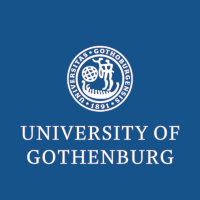Learning numeral systems by interaction
- Event: Seminar
- Lecturer: Emil Carlsson and Devdatt Dubhashi
- Date: 04 November 2020
- Duration: 2 hours
- Venue: Gothenburg
- Slides: ./Emil Carlsson and Devdatt Dubhashi 4.11.pdf
Human languages differ qualitatively in their numeral systems. At one extreme, some languages have a small set of number terms, which denote approximate or inexact numerosities; at the other extreme, many languages have forms for exact numerosities over a very large range, through a recursively defined counting system. Why do numeral systems vary as they do? An influential proposal has suggested that this arises from a functional need for efficient communication and framed it in an information-theoretic setting. Here we adopt a machine learning perspective and show that a simple reinforcement learning mechanism produces numeral systems with properties very similar to human systems of similar complexity.
